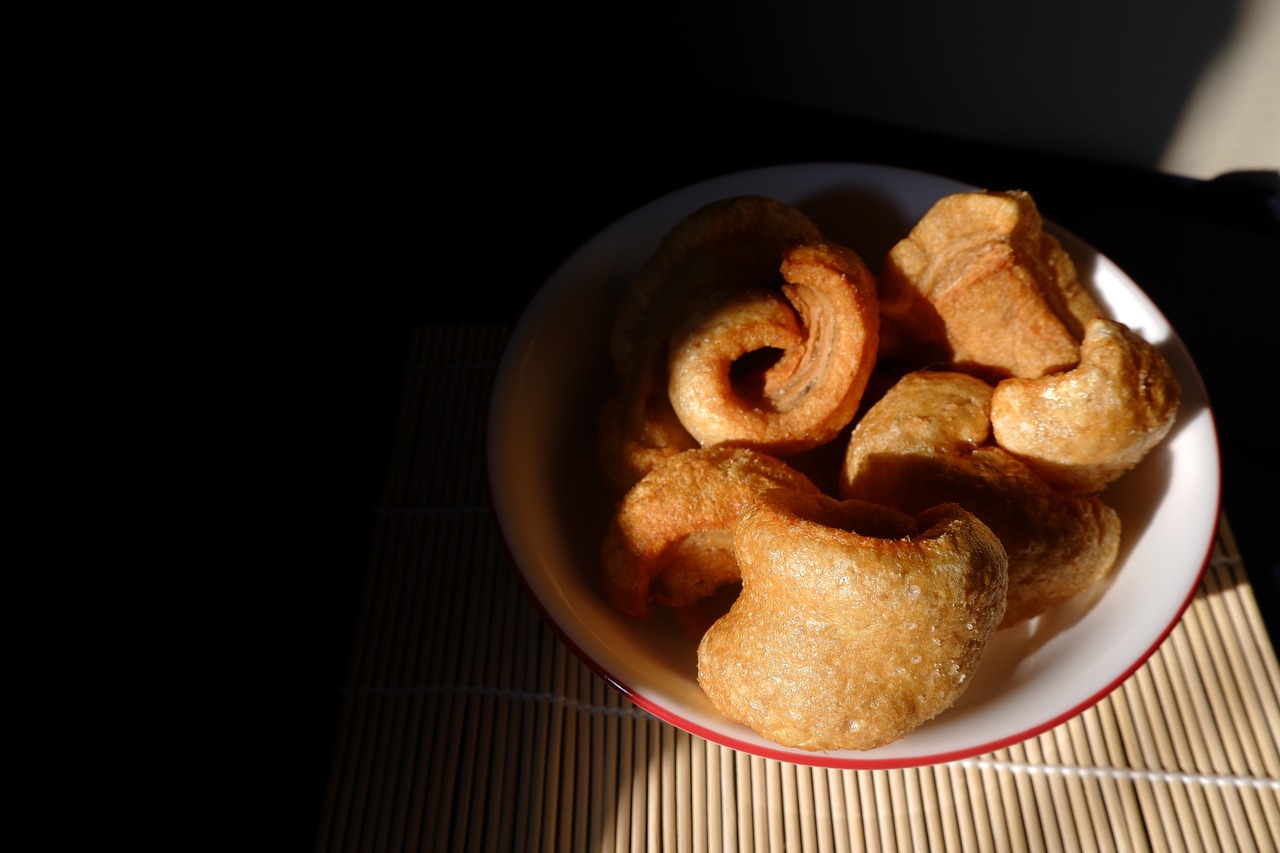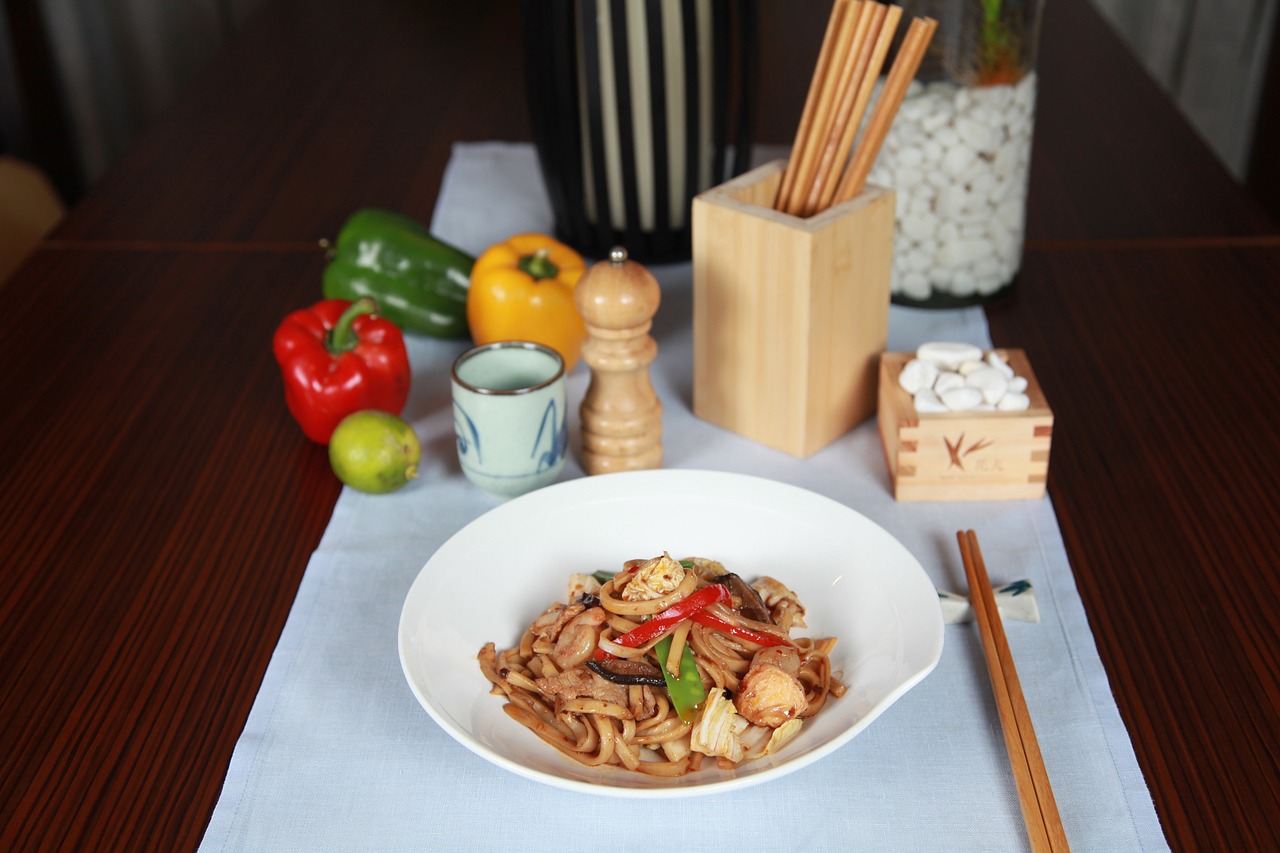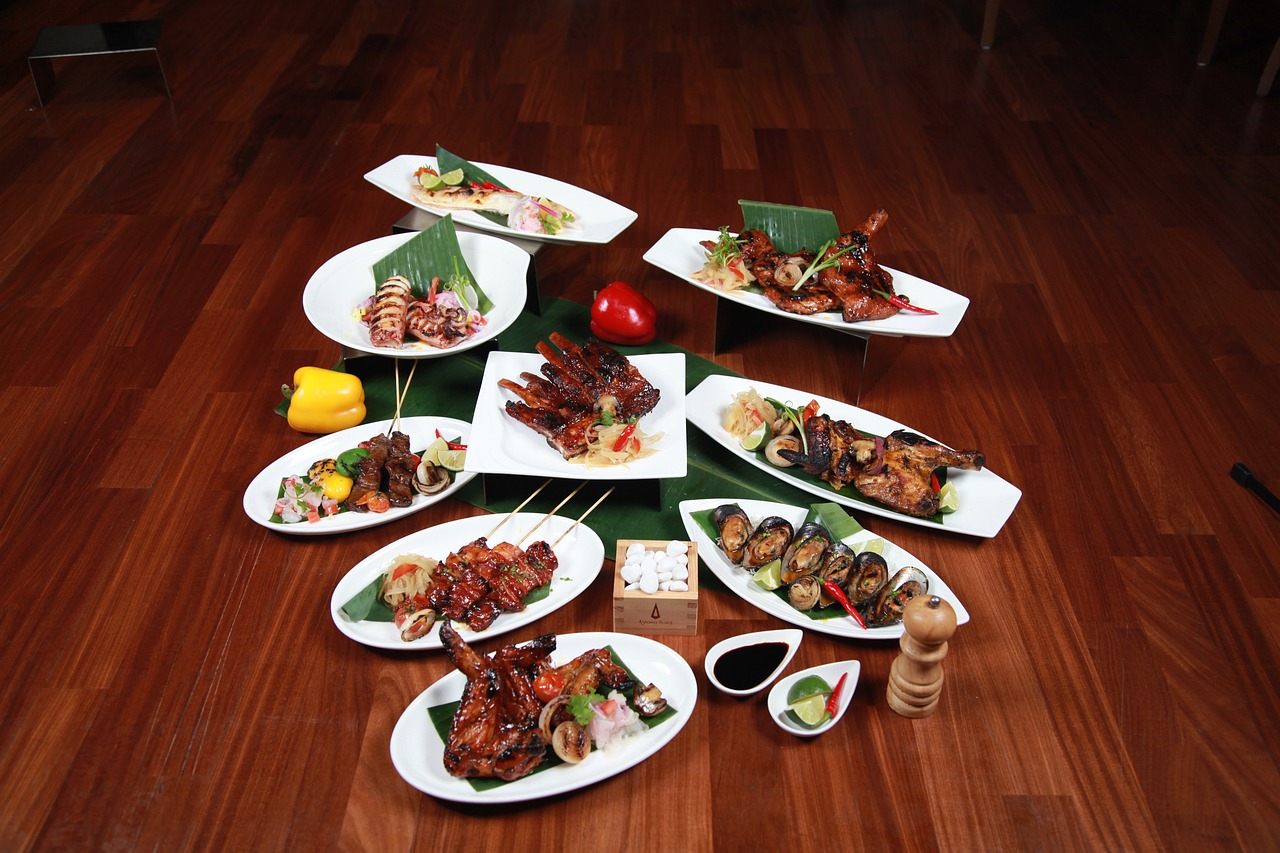Filipino Pancit: Stir-Fried Noodles with Meat and Vegetables

Filipino Pancit is a beloved dish in Filipino cuisine that brings together the delightful combination of stir-fried noodles, savory meats, and vibrant vegetables. This flavorful and versatile dish has captured the hearts and taste buds of many across the Philippines, offering a delicious experience with every bite.
History of Pancit in Filipino Cuisine
Pancit holds a significant place in Filipino cuisine, deeply rooted in the country's culinary history. The history of Pancit can be traced back to the influence of Chinese immigrants who introduced noodle dishes to the Philippines centuries ago. These immigrants brought with them their culinary traditions, including the art of noodle-making, which eventually evolved into the beloved Filipino Pancit we know today.
As the Filipino people embraced and adapted these Chinese culinary influences, Pancit became a staple dish in Filipino households and a symbol of unity and celebration. Over time, Filipinos infused their own flavors and ingredients into Pancit, creating a unique fusion of Chinese and Filipino culinary traditions.
To understand the evolution of Pancit in Filipino cuisine, it is essential to recognize the diverse cultural influences that have shaped the dish. The blending of Chinese cooking techniques with local Filipino ingredients has resulted in a wide array of Pancit variations, each representing a different region or occasion.
Through generations, Pancit has become more than just a dish; it has become a cultural emblem, embodying the rich history and heritage of the Filipino people. The tradition of preparing and sharing Pancit during gatherings and festivities has been passed down from one generation to the next, symbolizing unity, prosperity, and the interconnectedness of Filipino communities.
Ingredients Used in Filipino Pancit
When it comes to Filipino Pancit, the key to its deliciousness lies in the carefully selected ingredients that come together harmoniously. Let's take a closer look at the essential components that make up this beloved dish:
Rice Noodles: The foundation of Filipino Pancit, rice noodles are the primary ingredient that gives the dish its distinctive texture and taste.
Soy Sauce: A staple in Filipino cooking, soy sauce adds a savory umami flavor to the dish, enhancing the overall taste.
Garlic and Onions: These aromatic ingredients form the flavor base of many Filipino dishes, including Pancit, providing depth and richness to the dish.
Meats: A mix of meats such as chicken, pork, or shrimp are commonly used in Filipino Pancit, adding protein and a variety of flavors to the dish.
Vegetables: Carrots, cabbage, and bell peppers are often included in Filipino Pancit, not only for their vibrant colors but also for the added crunch and freshness they bring to the dish.
Combining these ingredients in the right proportions is essential to achieving the perfect balance of flavors and textures in Filipino Pancit. Whether you prefer a meat-heavy version or a vegetable-packed variation, the versatility of this dish allows for endless customization to suit your taste preferences.
Regional Variations of Filipino Pancit
When it comes to Filipino Pancit, regional variations add a delightful twist to this beloved dish. Let's explore some of the unique versions found across the Philippines:
- Pancit Canton: Hailing from the northern regions, Pancit Canton features a savory mix of noodles, vegetables, and meat, often stir-fried to perfection.
- Pancit Malabon: Originating in the southern parts of the Philippines, Pancit Malabon is known for its rich and flavorful sauce, typically made with shrimp, squid, and a variety of toppings.
- Pancit Palabok: A staple during special occasions, Pancit Palabok is a festive dish adorned with a vibrant orange sauce, crushed chicharron, boiled eggs, and fresh seafood toppings.
Each regional variation of Filipino Pancit offers a unique culinary experience, showcasing the diverse flavors and ingredients that make Filipino cuisine truly exceptional.
How to Prepare and Serve Filipino Pancit
When it comes to preparing and serving Filipino Pancit, there is a delightful process that brings together a fusion of flavors and textures. To start, gather all the necessary ingredients, including rice noodles, soy sauce, garlic, onions, and your choice of meats such as chicken, pork, or shrimp. Don't forget to include an array of colorful vegetables like carrots, cabbage, and bell peppers to elevate the dish.
Once you have all the ingredients ready, start by soaking the rice noodles in warm water until they are soft. In a hot wok or large pan, sauté the minced garlic and onions until fragrant. Add your choice of meats and cook them until they are tender and flavorful. Then, toss in the soaked rice noodles and stir-fry everything together.
To enhance the flavors, season the pancit with savory soy sauce and a sprinkle of black pepper. The combination of the meats, vegetables, and noodles creates a harmonious blend that is both satisfying and delicious. Feel free to adjust the seasonings according to your taste preferences.
When it comes to serving Filipino Pancit, it is customary to present it in a large platter or serving dish, garnished with fresh chopped green onions and a wedge of calamansi for a touch of citrusy flavor. Pancit is often enjoyed during festive occasions and celebrations, symbolizing long life and prosperity in Filipino culture.
To truly savor the flavors of Filipino Pancit, pair it with a side of crispy lumpia (Filipino spring rolls) and a refreshing glass of iced calamansi juice. The combination of these dishes creates a memorable dining experience that celebrates the rich culinary heritage of the Philippines.



 HazalVardal
HazalVardal 





